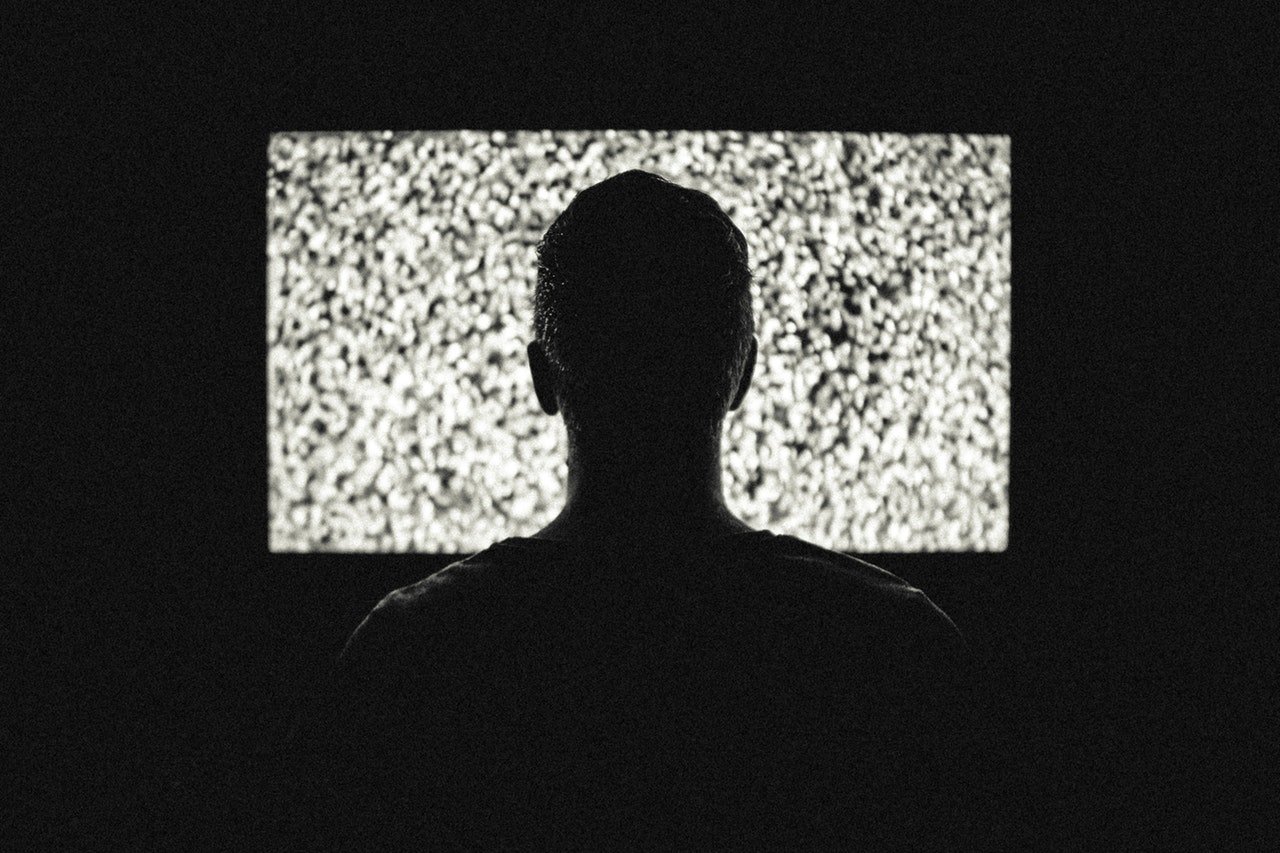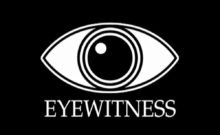Imagine for a moment that there was a book-mailing service. For a fee every month, the company will deliver a book to your home. After a reasonable amount of time for reading that book has passed, they will deliver another book. And so on.
In order to make this work, they’ve taken all of the books in their catalog and divided them up in different genres based on interest. “Science,” “history,” “comedy,” “children’s” are all possible categories which you could order.
What are the odds that you’ll always receive a book you like?
If you buy just a single category, then the odds aren’t that great. You can love a genre, but it’s rare that you like everything in it. Some books are just going to be a 4/10 in terms of enjoyment, and that’s okay.
Now, imagine that you subscribed to four of those channels. The odds of you always receiving something you like are better, but there are still likely to be times where the best of the bunch is a 6/10. And other times there will be three 8/10 books. It varies.
This is basically how broadcast TV works. Each channel has a theme and someone who isn’t you curates it to appeal to as many people as possible. Which means that it’s not always going to be something that you like.
It also means that there are going to be times where the best thing on TV isn’t really something that you like, but you end up watching it anyway because watching a 6/10 is better than a 4/10, even if you’d really like something higher.
I think that’s the real advantage that streaming services have over traditional TV. A lot of people say it’s the convenience, but I think instead that it’s the fact that you can curate for yourself a list of pretty consistent 8s, 9s, and 10s.
Why would you pay for traditional TV and get a mixed bag of 4s, 6s, and 8s, when there’s another service that allows you to do much better? After all, no one knows what you want to watch as well as you do.
This seems a decent explanation of both the rise of Netflix and the fall of traditional TV. Netflix’s strongest attribute was that it had a massive catalog, giving you a lot of options. In recent years that has waned some, in part because they’re spending more and more on original content. How much? CBS spent about $4 billion on content last year. Netflix is projected to spend $22 billion on content in 2018.
Another line from that article caught my eye. 27% of U.S. adults use Netflix most often to watch video, compared to basic cable at 20%, broadcast TV at 18%, and YouTube, yes, YouTube, at 11%.
What does YouTube have in common with Netflix? Despite not generally having the production values that the top-3 on that list have, it does allow people to curate their own content. There’s a lot of stuff on YouTube, and like with Netflix, you can spend your time only watching stuff that you like a lot.
So, why is it that these companies aren’t acting like they understand this?
YouTube recently launched a service known as YouTube Premium, which removes ads, gives access to a music streaming service, and most critically, gives access to their original content, which is collectively known as YouTube Red.
I don’t know about you, but I don’t care about the music streaming, and while the removed ads are a nice touch, it doesn’t make sense to pay $12/month for access to shows like “Sideswiped,” “Do You Want to See a Dead Body?” or “Lazer Team.” That’s comparable to Netflix, but with far less value.
Likewise, I’m baffled by YouTube TV, an online service that streams traditional TV channels for $40/month. Why wouldn’t you just get cable, spend about the same amount of money and get far more channels? It has all the same downsides as cable, and none of the upsides of YouTube.
What about Hulu, the Netflix competitor?
They want to run ads in their base package, which brings the frustration from cable, with the added bonus that you can’t record the show and fast-forward through the ads later. They also create a ton of original content that no one watches. Can you name a Hulu original not named “The Handmaiden’s Tale?”1
On top of this is the trend of content creators to forgo using either Netflix or Hulu.
The Criterion Collection of 900+ classic movies that used to show on Hulu are now on a separate service called “Filmstruck,” which costs $6.99 a month.
DC Comics is launching a streaming service called “Universe,” for its video content which will cost $7.99 a month, or $74.99 for a year. Young Justice is one of my favorite shows of all time. I will probably never see the third season because there’s nothing else in DC Universe worth spending money on.
CBS created a streaming service called “All Access,” which only has 7 original shows on it, and costs $5.99 a month, with commercials! I probably wouldn’t know it existed if it weren’t for the fact that they hid the newest Star Trek show on it. I don’t even like Star Trek, but it seems wrong to me that it’s not on TV during prime time.
And then there’s Amazon Prime Video, which like Hulu, really doesn’t have much content on it worth watching, but you have to purchase a $99 Amazon Prime membership in order to use it.
It’s really disappointing that the occasional good show gets locked behind one of these disparate barriers. There’s so much crap on a lot of these services, but if there was just one show on each that you wanted to watch, you’d be out $905.63 every year, before taxes.
Kind of makes cable look economical.
If you liked this article, be sure to check out:
Does Your City Really Want Amazon HQ2?
The Economics of an Airline Ticket
Was Prohibition a Terrible Idea?



